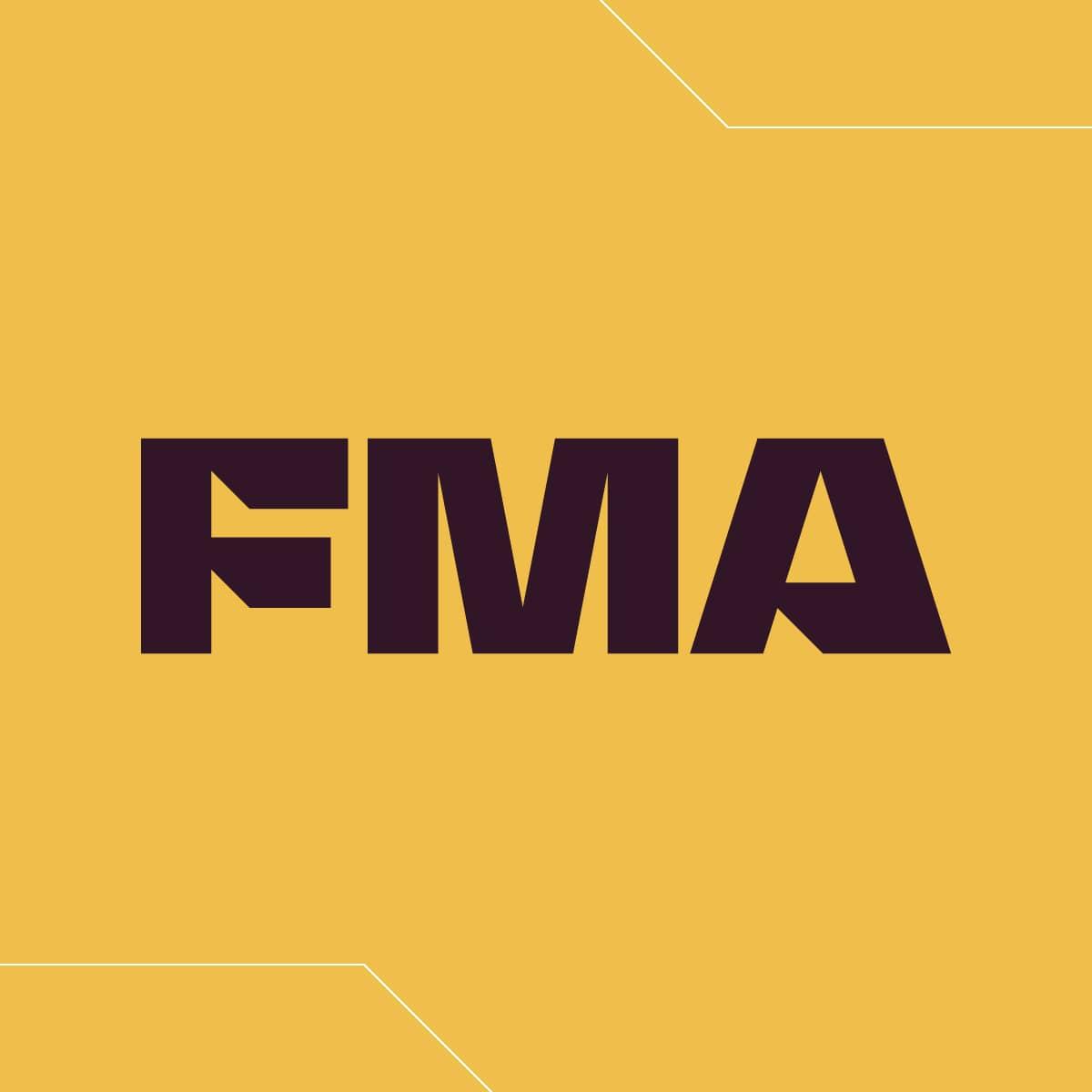The Year of Living Dangerously (Economically Speaking) Part 2
By Dr. Chris Kuehl | January 9, 2020
Category:
double exposure image of stock market investment graph and city skyline scene,concept of
business investment and stock future trading.
Part 2 of a 2-part economic outlook from guest blogger Dr. Chris Kuehl. (Read part 1.)
As of this writing, a deal supposedly was struck between the U.S. and China — phase one as it has been referred to. It is patently obvious this trade confrontation is not ending anytime soon, even as there are opportunities for progress here and there. The U.S. wants China and other nations to buy more from the U.S., and these other nations want access to the U.S. market. Both of these demands matter to the manufacturer. The demands made on China involved buying more farm output from the U.S., and that has only a tangential benefit to the U.S. manufacturer. On the other hand, the demand for access to the U.S. market means more competition from Chinese and other global manufacturers. The tariffs that have been imposed by the U.S. thus far have not been of significant benefit to U.S. manufacturers. The Chinese are exporting less to the U.S., but the U.S. is now importing far more from nations such as Vietnam, India, Sri Lanka, and Brazil. Some production has come back to the U.S., but those tariffs on Chinese goods have also made imported parts and commodities more expensive.
The U.S. consumer has been sustaining the U.S. economy for the last year, but some signs of fatigue are showing. The overall attitude remains buoyant as holiday sales attest, but there are signs of caution as well. The savings rate is double what it usually is, and big-ticket purchases are down. As long as the unemployment rate remains low, the consumer will stay reasonably confident; however, election years tend to depress consumers, especially at the end. When the votes are counted in November, there will be a winner and a loser, and half the country will be angry and upset over that outcome.
Finally, there is the issue of labor availability, and nothing suggests it will get any easier to find the needed workforce this year. Every time manufacturers are asked to describe their biggest problem, they cite the lack of skilled workers. Companies can’t expand because they can’t find workers. Many are trying to hire people they can train, but too often these new hires don’t work out or they get the training and move on to some other employer. The education system has been failing to deliver these skilled workers for years, and government policies regarding immigration have all but eliminated the recruitment of skilled workers from other countries. What’s worse is that nobody in politics even discusses the problem.
2020 will be a year when some of the nagging issues reach a critical stage. The trade wars can’t continue in limbo as they have been. Consumers will have to decide if they are confident about the future or not. The political wrangles will come to a merciful end (at least for a day or two). This looks to be a good year to be more cautious and careful than has been the case in the last few.
In terms of the big numbers that everyone will be paying attention to, they look like this: GDP growth between 1.7% and 2.1% with a slower pace at the end of the year. Inflation will not be a major issue and will likely stay below 2.0%, although much of this depends on whether oil prices change. The Federal Reserve will leave interest rates alone for most of the year because they don’t like to meddle with rates in an election year. Exports will be down and imports will decline as well, so there will not be a big change in the trade deficit. The national debt will expand and so will the budget deficit. The debt is already at 110% of the total GDP and the deficit is at 4.3% of GDP.
About the Author

Dr. Chris Kuehl
Chris is the managing director of Armada Corporate Intelligence. Armada’s mission is to combine the traditions of corporate and competitive intelligence with strategic and tactical planning to provide clients with a clear view of the world they exist in and what they can do to advance their goals. Major clients include YRC Freight, TranSystems, Kansas City Southern Railroad, C-Biz, and others. Chris Kuehl serves as economic analyst for the Fabricators & Manufacturers Association International® (FMA). One of his major roles at FMA is writing an economic e-newsletter titled Fabrinomics®, specifically designed to aid business decision-making by management and shop owners in the metal forming and fabricating industry. Chris also conducts workshops for FMA at major conferences and trade shows.

Side by side, we move metal fabrication forward.
FMA unites thousands of metal fabrication and manufacturing professionals around a common purpose: to shape the future of our industry, and in turn shape the world.
Learn More About FMA


